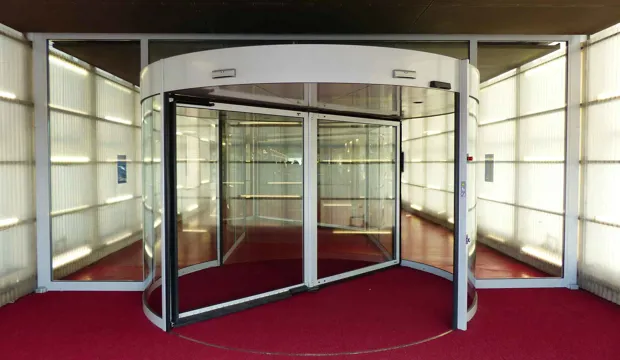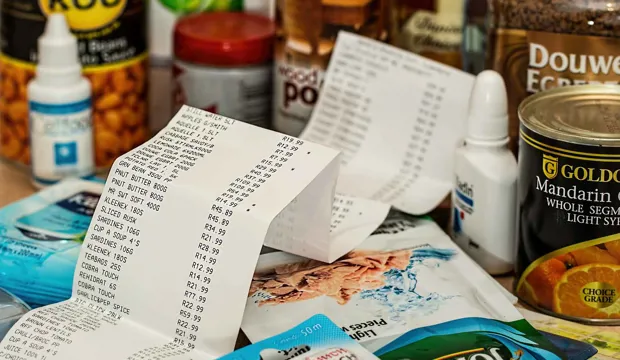
Speedometer calibration
Calculate the speed of a bicycle and percentage errors in speedometer readings
In this fun GCSE maths activity, students will delve into the exciting world of bicycle speedometers and put their accuracy to the test.
By conducting this experiment, learners will better understand how speedometers work and sharpen their mathematical and analytical skills.
Activity introduction
Download the presentation below and allow the students to read the problem and contemplate how to model the situation mathematically. Some students may need assistance comprehending terms such as “front fork.”
Encourage them to ponder the meaning of “ms-1,” such as the number of meters the wheel covers in one second.
Furthermore, ask them to consider how they can determine the distance the wheel covers in a single rotation, two, or even 100 rotations.
These prompts provide a satisfactory starting point for tackling the problem. Consider comparing the various strategies they employ.
Problem solving
To solve this problem, the students will need to engage in logical thinking to determine the necessary information. One possible approach is to work backwards from the information required to answer the question (as shown below).
We need the distance travelled (m) and the time taken (s) to calculate the speed. Given that the time is 1 minute, equal to 60 seconds, the question becomes: How can we find the distance? The wheel covers 0.5π meters per rotation, so for n rotations, the distance will be 0.5π x n. Consequently, the speed in ms-1 can be expressed as (0.5π x n)/60.
The students can determine the percentage errors using this information and the speedometer readings. These errors vary slightly for each reading.
Discussion points
Examine how the students approached the problem, specifically analysing their thought processes. How did they determine the necessary information and identify ways to obtain it? You can review concepts such as calculating the circumference of a circle, working with percentages, rounding numbers, and ensuring precision.
Extending the problem
You may explore additional scenarios that relate to the circumference of a circle. For instance, calculate the distance the wheel would cover during half a rotation or two-thirds of a rotation, incorporating this concept to determine the arc length.
Furthermore, an intriguing investigation could involve determining the number of wheel rotations per second required to travel at speeds like 10mph and 20mph. Consequently, you can delve into the cyclist’s pedal rotations to achieve these speeds. This exploration could lead to a discussion about the gear ratio between the pedals and the rear wheel.
Potential GCSE context
This activity will cover calculating the circumference of a circle from a radius, using compound measures (speed) and converting from minutes to seconds.
Download the free activity sheet below!
All activity sheets and supporting resources are free to download, and all the documents are fully editable so that you can tailor them to your students and your schools’ needs.
The activity sheet includes teacher notes, guidance, helpful web links, and links (where appropriate) to the national curriculum in the four devolved UK nations; England, Northern Ireland, Scotland and Wales.
Please share your classroom learning highlights with us @IETeducation




